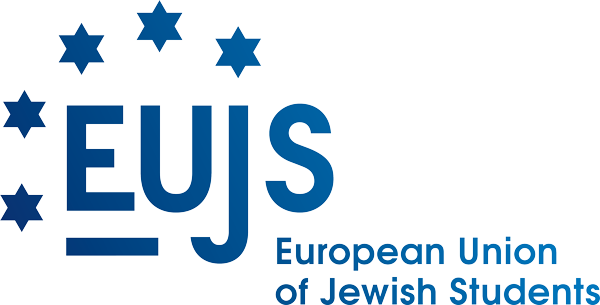There is no easy answer to what defines someone’s identity as Jewish, as there are cultural, ethnic, religious, political, family and personal implications.
Jewish may refer to both a people and a religion. Considerations on who is a Jew depend on self-identification and other societal aspects. According to the Jewish law, a person born from a Jewish mother or any person who has gone through the process of conversion to Judaism is Jewish. Jews have been present in Europe as early as 90 BC. There are no reliable and comparable data on the number of Jews in Europe but the current Jewish population of Europe is estimated at around 2 million (0.3% of the European population), while the pre-World War II Jewish population in Europe was estimated at 9 million (about 7.7% of the then European population).
Jewish communities are very heterogeneous. There are variations in religious. For an interactive map of Jewish populations in Europe, visit the Institute for Jewish policy Research: http://www.jpr.org.uk/map streams – among others Orthodox, Reformist, Conservative Masorti and Reconstructionist Jews but also in culture and practice, which can be divided into two main backgrounds Ashkenazim, originally concentrated in Central and Eastern Europe, and Sephardim, originally from the Iberian Peninsula. Beta Israel (Ethiopian Jews) are Jewish communities originally from North and North-West Ethiopia. Many non-religious Jews may also self-identify as Jews and/or as part of the majority society.






















